Framing a Filipino-American Mestizo Identity (being but not feeling Filipino American), Part 1
By John Calloway
John performing at Birs & Beckett Books and Records in San Francisco.
Coming to terms with my Filipino American identity and heritage and how I thought other people perceived me has essentially been a lifelong matter. For the last several years I have had the intention of writing about it, and the recent passing of my mother spurred me to finally sit down and discuss my racial and ethnic backgrounds. Based upon my mixed-race appearance and last name, most people do not identify or perceive me as having Filipino blood or ethnicity, yet I grew up in a household where cultural norms, languages, customs and Catholic religious practices were clearly Filipino. My parents were mestizos born in the Philippine around 1920, from Filipina mothers and American fathers, former U.S soldiers who were part of the American occupation forces of 1898-1901. My grandfathers (one white and one black) decided to remain on the islands as civilians during the colonization era. My white grandfather was ostracized and cut off by his family for marrying a Filipina, while my African American grandfather endured cruel treatment and was court martialed for his humanitarian stance regarding the American mistreatment of the native people. Both sets of my grandparents had large families, each with more than 10 children, and they raised their families in working class Filipino environments in Manila and Corrigidor, surrounded by other Filipinos and not Americans. From all indications and from their discussions, my parents identified themselves as Filipinos culturally, nationalistically and socially, with no real delineation about their mestizo-mixed race background. Living in the Philippines, neither of them aspired to come to the United States, but WW II and its devastation and loss of life changed all that.
“During my early childhood years our house was full of Filipino customs and culture. ”
John at 4 years old.
My mother and my father met on the ship that carried the first large mass migration of "American citizens" coming from the Philippines at the end of World War II. According to my uncle, President Truman would have never allowed mestizo-American families onto the mainland if he knew they were of partial Filipino ethnicity. Many of these immigrants would eventually settle in San Francisco in temporary housing projects next to the naval shipyard in Hunters Point, built by the US Government for naval base employees. All our family photos in the US prior to my birth point to maintaining Filipino culture and traditions amongst a community of mostly Filipinos. During my early childhood years our house was full of Filipino customs and culture. My mom dressed my sisters in trajes de mestiza, my dad cooked the standard island foods of lumpia, pancit, sinigang and adobo. Santa Niño and multiple pictures of Jesus were also abundant throughout our house. We had huge social events, parties and majong games where the only language spoken amongst the adults was Filipino. I even thought that some Filipino words were English ones until I started grade school.
Due to the social paradigms, attitudes and culture of the 1950s and early 1960s, where immigrants aspired to assimilate into US culture, most of the offspring of this initial mestizo community did not acquire a working use of the native languages. For my aunts or uncles who married other meztizos who were dual language proficient, or who married non-Filipinos, the native language was most likely lost with their offspring. My cousins that spoke Filipino had parents who came to the US much later or who married a Filipino with limited English proficiency.
John Calloway is a multi-instrumentalist, composer and arranger who has over 40 years of experience as a professional musician. He has performed with renowned jazz artists Israel Cachao Lopez, Max Roach, and Omar Sosa. In the San Francisco Bay Area, John has built a solid foundation as a as a performer/arranger leading his own ensembles and projects as well as collaborations with John Santos, Marcus Shelby, Wayne Wallace and many others.
His recording credits as a performer and composer include his two CD projects, Diaspora and The Code, and longtime collaborations with John Santos, Jesus Diaz, and Omar Sosa. Included in his recording and writing credits are the Grammy nominations given to “SF Bay” (2003) with the Machete Ensemble, and Ritmo y Candela (1996) and Ritmo y Candela II (1998), produced by Greg Landau and featuring Cuban percussionists Changuito, Patato, and Orestes Vilato.
As an educator, John currently teaches jazz theory, Afro-Cuban and Latin American music in the School of Music at San Francisco State University. He also teaches social science and humanities courses with a concentration Latinx and Afro-Latinx cultures in the College of Ethnic Studies.
John holds a B.A. in music from the City University of New York, an M.A. in music education from San Francisco State University and a Doctorate in Education from the University of San Francisco.



